Xenoblade Chronicles 3 - Switch Review
"Phenomenal"
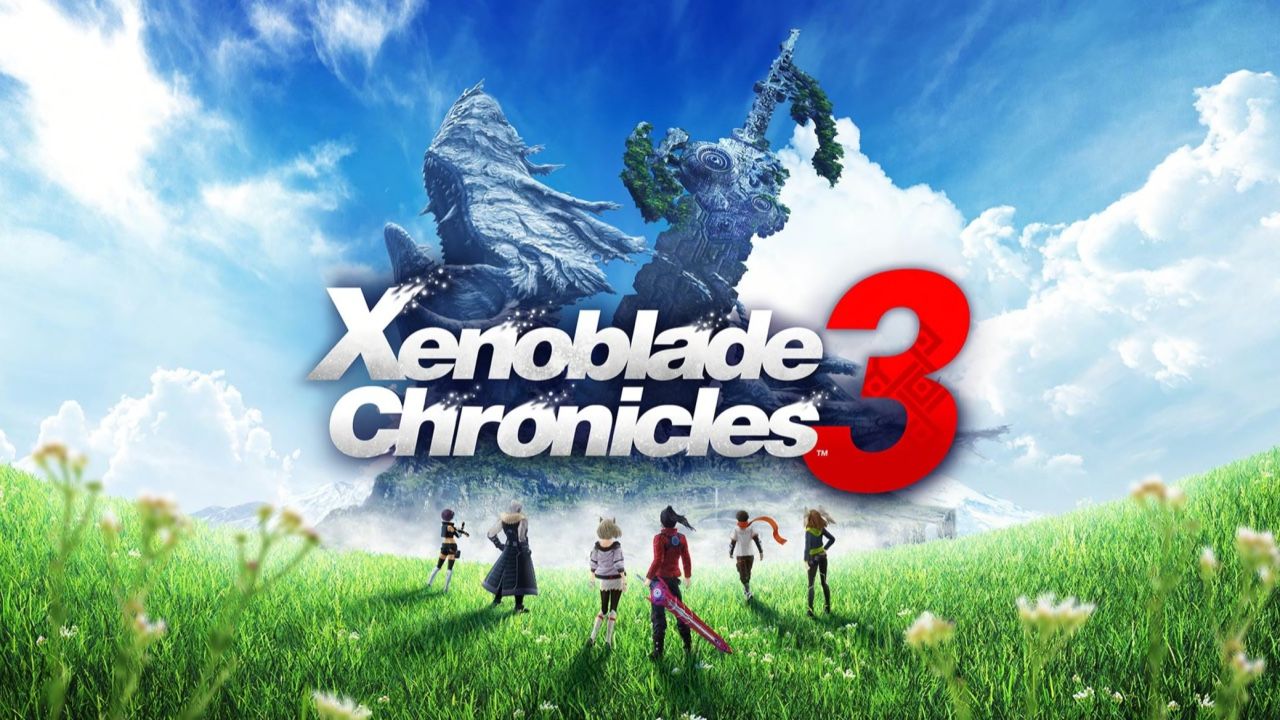
With two nations in a constant repetitive flow of war where the winning faction absorbs the life essence of the other, humankind has found itself in a never-ending state of violence. In the latest entry of Monolith Soft's prolific RPG series, Xenoblade Chronicles 3 sees three soldiers from respective rival colony nations, Agnus and Keves, become unlikely (and initially unwilling) allies in order to set the world to right. With Monolith Soft having released their biggest title to date, ever trying to one-up themselves, Xenoblade Chronicles 3 looks to capitalise on what makes the series so beloved.
The Good
Let's start with the combat because it's the most robust and convoluted aspect of the game. The Xenoblade Chronicles series has always taken a hybrid combat system that combines menu-based attack selection with the ability to control your character freely akin to action-RPGs and standard auto-attacking. Xenoblade Chronicles 3 follows the lead of the second mainline instalment where the attack Arts are mapped to the ABXY buttons (with A being your Talent Art) and while this isn't new, it simply must be highlighted as it makes the combat much more accessible. In addition, as you experiment with different classes (Attacker, Defender and Healer) for each character, you're able to map out additional attacks to the up, down and right (with left being to initiate Interlink, more than that later) D-pad buttons (you'll unlock each as you level up) and doing so allows you to combine the correspond BXY attacks to fire both at once by holding down the ZR button. The combat isn't all about mashing buttons either; if you have more that one attack charged, you can "cancel" one attack into another, meaning that you can quickly use multiple attacks in quick succession of each other; doing so will improve your interlink level within each given fight, allowing you to improve the abilities of your Ouroboros form and use said form within your chain attacks (oh, I haven't mentioned that yet. Ok, so...).
Interlinking is a new feature that translates well from its story concept to combat mechanic. In layman's terms, interlinking combines two characters (Noah with Mio; Eunie with Taion; Lanz with Sena) and combines them into one of their two unique monstrous beasties. These Ouroboros forms are incredibly strong, each with their own unique combat Arts and strong auto attacks.
With all of this covered, these combat mechanics all culminate in its Chain Attack mechanic which allows each character to come together to, as the name suggests, chain attacks together. With your seven-character-party (yes, seven, I'll explain why soon), you'll choose a character to lead (choosing a class to focus on in the process) and choose attacks in order to build up the meter to over 100 in order to unleash a Talent Art. It allows you to be strategic as you want to get to 100 as close as possible, with healers allowing you to cap at 99, and then do your biggest attack in order to get 150 and subsequent multiples of 50, each giving you an additional character to reuse with a score boost for the next round of attacks.
Once you've got your Interlink level up to 3, you can either finish the Chain Attack rounds with an all-out Ouroboros attack or if you initiate the Chain Attack while in Ouroboros form, you limit yourself to only two rounds, but both take place as Ouroboros.
Dedicated reader, thank you so much for bearing with me, I know that was a lot to take in. While I can imagine that may have been needlessly overcomplicated, it's so well implemented within the game itself. All of this provides a plethora of combat variety whilst creating an importance of your actions from the beginning of more long-winded boss fights. By the same token, the Interlink Ouroboros form also allows for quick encounters to be much quicker, and we all know how mind-numbing standard battles can be in RPGs. It may take a while to understand it all completely, but it helps that the game goes for 80+ hours.
My appreciation for the team at Monolith Soft tripled as I actively (yet seamlessly) went out of my way to indulge in the Hero Quests. These quests focus on heroes from various colonies that elaborate on the struggles that come from the tyrannical rulings of the Moebius Consults. Every Hero Quest is predominantly voice acted and while they are side quests, they feel like optional extensions of the main plot, providing lore and world building context.
Upon completing a Hero Quest, you'll unlock that story's primary hero character, allowing you to add them as an additional seventh character for your party. In addition, they'll unlock a new class that other characters can take on and rank up. This provides a wealth of customisation options even more so than before, reaffirming that the combat is widely varied.
In typical Xenoblade Chronicles fashion, the world is ginormous! And while ginormous open worlds (in both previous Xenoblade Chronicles entries and not) can feel vast and empty, Xenoblade Chronicles 3's manages to avoid this with strategically placed items, treasure barrels, body husks to send off by the off-seers (Noah and Mio) and impressive world verticality. It's a staple for the Xenoblade Chronicles series and the third instalment is much more intricately designed.
Taking the main party characters and having them only have a lifespan of 10 years each, along with every other human in existence, forcing them to kill rival colonies in order to stay alive is a stroke of genius! Epic JRPGs are known for their outlandish story plots are a given and as such, they can be a dime a dozen; and yet with Xenoblade Chronicles 3, the plot is so unique and perfectly intertwined with the game's overall presentation that it's a story that I'll never, ever forget.
TL;DR
- Varied combat
- Ouroboros Interlink form
- Robust Hero Quests
- Gigantic yet intricately fleshed out world
- Unique story concept with a well-paced plot
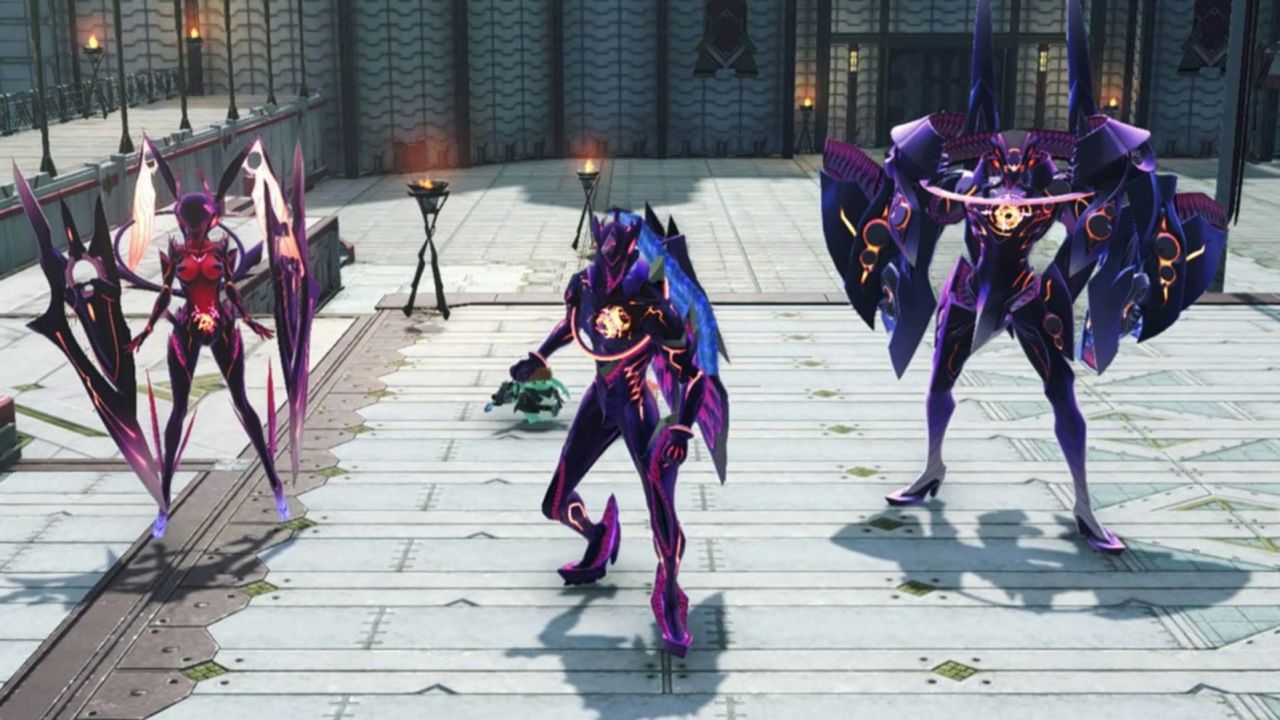
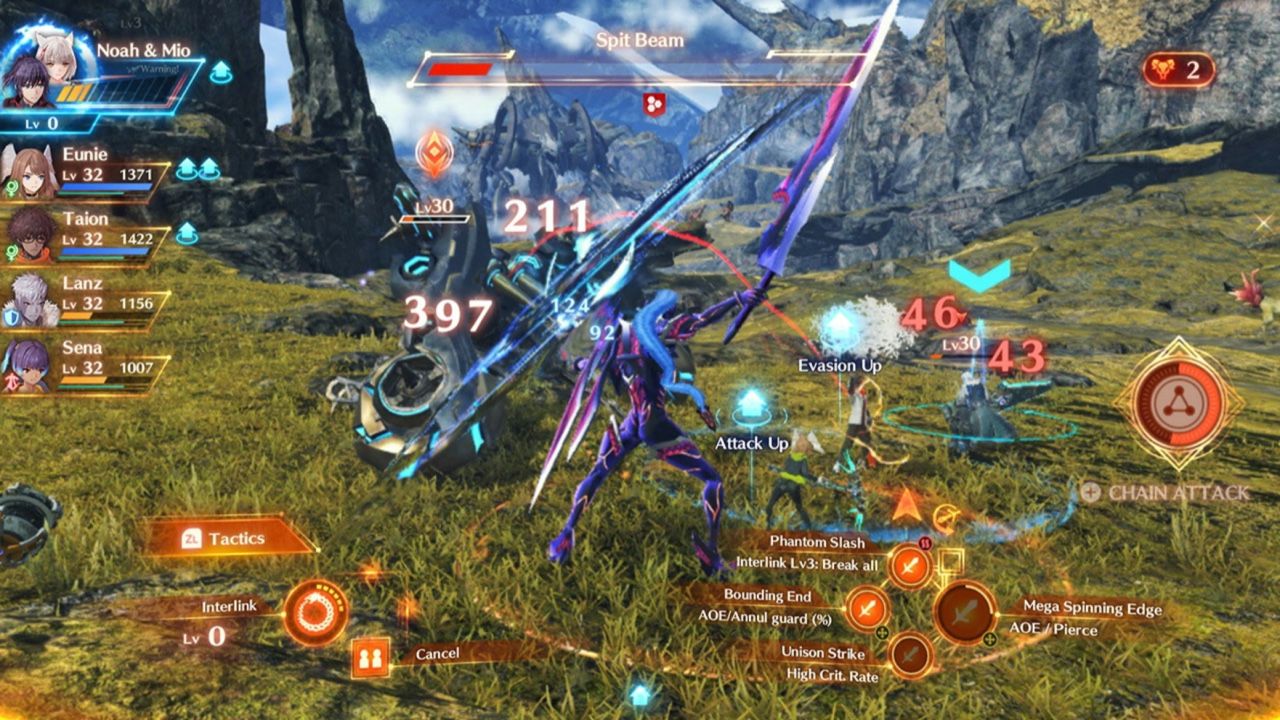
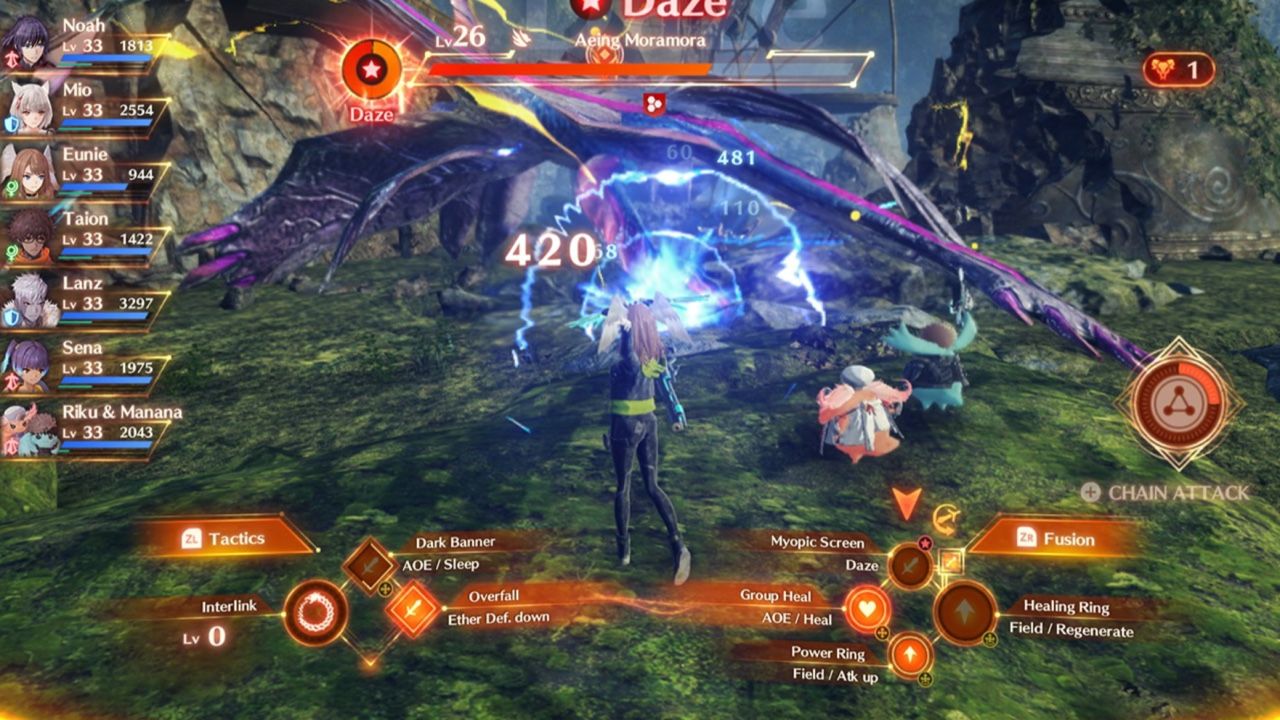
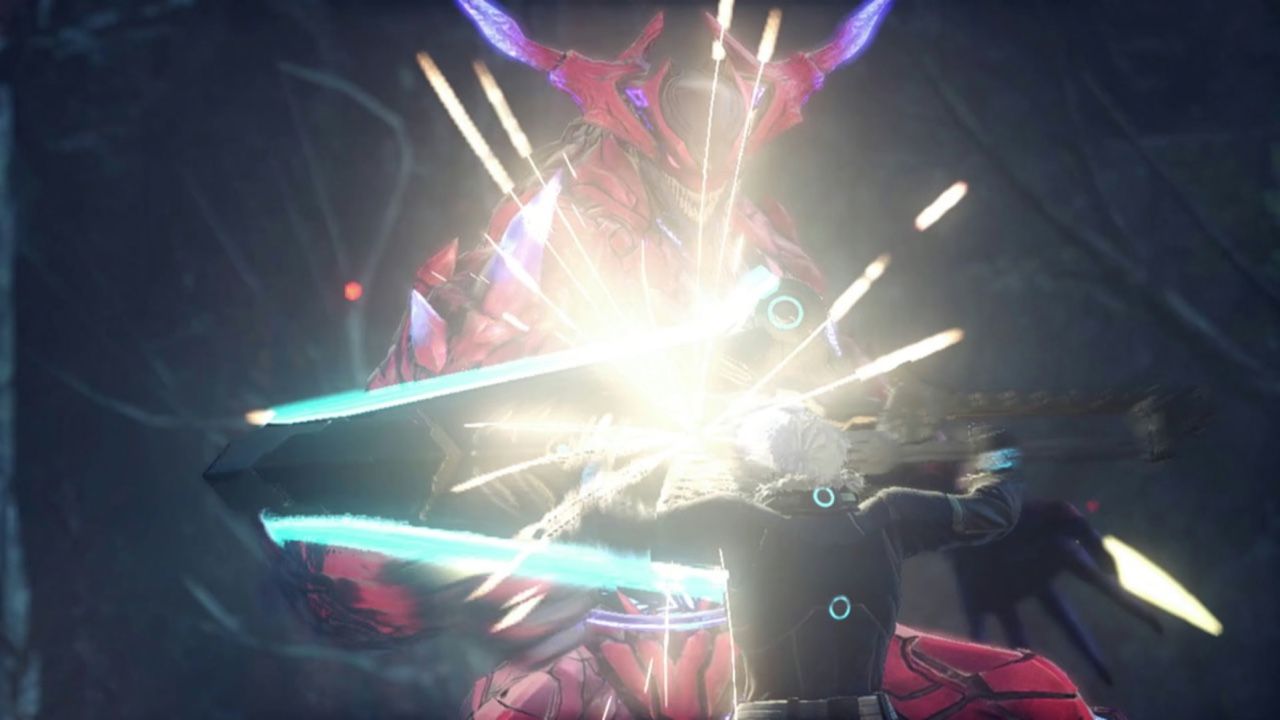
The Bad
Don't get me wrong, I love a good JRPG over-the-top, world-saving plot as much as the next player, but the Xenoblade Chronicles series seems to take this trope and crank it up to 11. This is merely a subjective criticism as each to their own, but Xenoblade Chronicles 3's story, especially towards the game's most heightened climax moments, gets so meta and existential that it just makes me roll my eyes. The story is great, don't get me wrong, but it just feels like they're trying too hard... you know?
With Monolith Soft getting increasingly better and making both grand and intricate worlds, the flat 2D map just doesn't work as efficiently as it should. The ability to toggle the ability to be guided to your quest destination on and off is a nice touch and was clearly added as the developers noticed the added complexity of getting from A to B. But this guiding option does not help you reach item barrels and ? markers for new quests. It's a step in the right direction but with the increasing complexity of the worlds, perhaps a 3D map is necessary, a la Metroid Prime.
TL;DR
- Classic overly meta RPG plot
- Multilayered world on a 2D map

Final Score: 9/10
I was thiiiiis close to giving Xenoblade Chronicles 3 a 10, I swear! But the panadol I needed from the headaches that came from rolling my eyes at the over-the-top meta climax to the plot, as well as the overcomplexity of finding how to navigate the complex pathways for a simple item barrel (just like this sentence), hurt my bank account a little too much. But outside of these nitpicks, Xenoblade Chronicles 3 is a phenomenal entry in the series and it further cements the theory that Monolith Soft are masters of the gigantic open world JRPG genre.
Thank you for checking out our Xenoblade Chronicles 3 Switch review, thank you to Nintendo AU/NZ for providing the review code and thank you to our Patreon Backers for their ongoing support:
- Andrew Caluzzi (Inca Studios / Camped Out)
- Bel Cubitt
- NintenVania Podcast
- Rachelle Suri-Tucker
